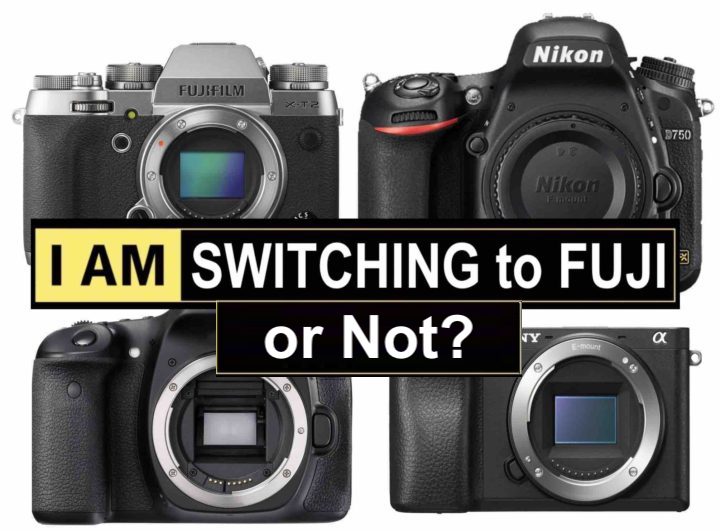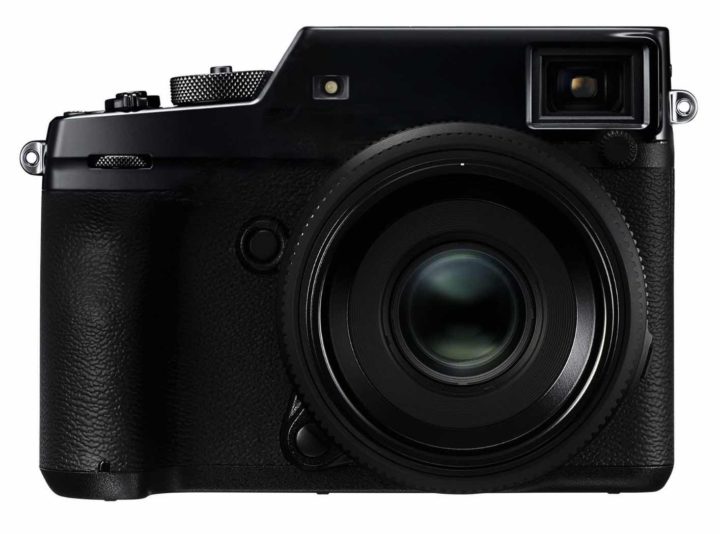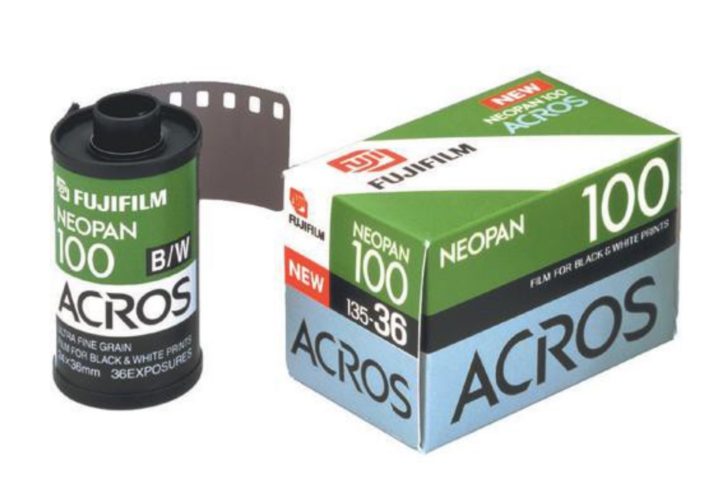I Never Thought I Would Leave Canon for Fujifilm, Returning to a DSLR after Fujifilm, From Nikon to Fuji, Good Bye Fuji for GH5 (Switch Roundup)

Switch to Fuji X… or not?
Here on FujiRumors we like to share switch stories, may them be from other systems to Fujifilm, or people leaving Fujifilm for other systems, such as here. And luckily here on FujiRumors we have the freedom to share them all.
So what we have for you today are a few switch stories again, some switched, some wonder if they should switch, some go back to DSLR and see how it feels to shoot a Canon 5D IV after a year of Fujifilm, and more.
Feel free to check then out down below.
- Nikon to Fujifilm X-T2 Switchers Guide at fujirumors
- Returning to a DSLR after Mirrorless: Canon 5D IV at thephotofundamentalist
- Saying ‘Goodbye’ to Fuji cameras (for Panasonic GH5). Again. at LivingVertical Youtube
- Do I SWITCH from Nikon to Fuji? | The ULTIMATE print test at Nigel Danson Youtube
- Making The Switch, Canon or Nikon to Fuji? | Watch This First! | The Benefits of Both at The Photography Team Youtube
- I never thought I would leave Canon and switch to Fuji (with many Samples from Fuji X-T2 and X-Pro2) at pixelcatcher – Fotostudio Stuttgart Youtube
- Fuji X: Two years after moving from the world of DSLR at macfilos
- From Canon 5DMKIV to Fujifilm X-T2 in Italian at ilariaeandrea (English version)
- Fuji X-T2 Review One Year Later | Do I Miss Nikon? at Finding Middle Earth Youtube
- Switch from Canon to Fuji at skipass
- Why I Switched From Nikon Full Frame To Fujifilm at during the meanwhilst Youtube










